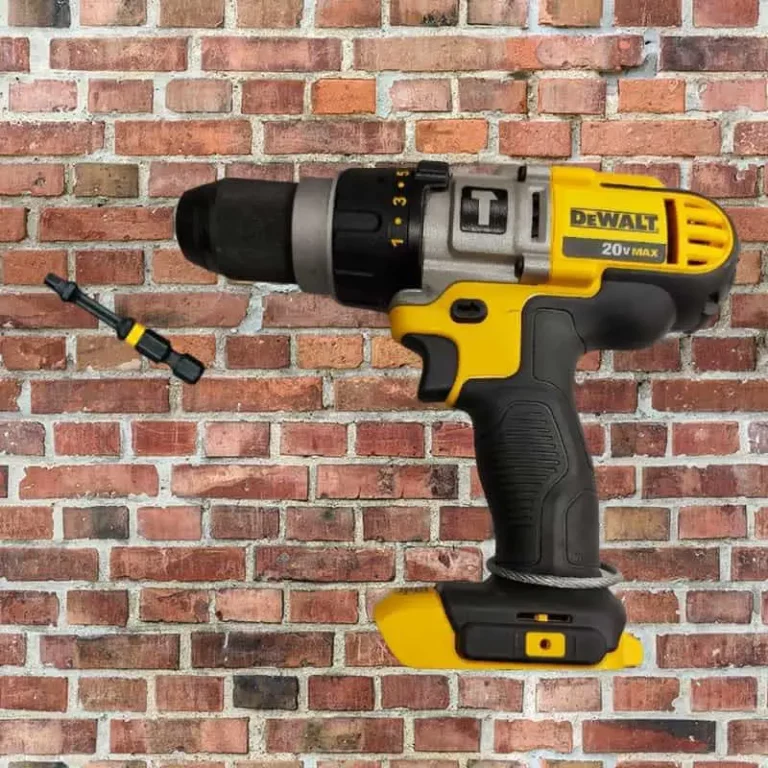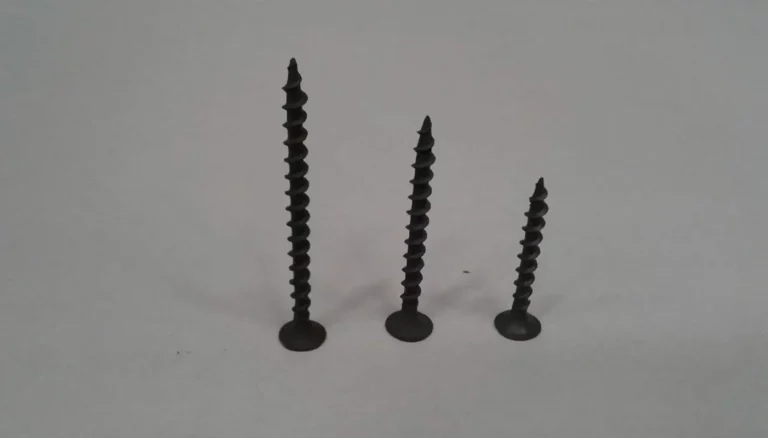Do Portable Generators Burn Oil?

Portable generators are a saving grace when you need additional juice to power appliances and tools. They’re most commonly used when your primary power source goes out, and you still need electricity. Like any other tool or gadget that requires the use of oil, it’s going to burn.
Portable generators burn a small amount of oil. However, excessive oil burning can signify several serious issues. These problems can be as simple as adding too much oil to the crankcase or more severe problems, like worn or misaligned piston rings.
In this article, I’ll explain the many different causes of oil burning in a portable generator. I’ll also briefly cover how to break in your generator to avoid oil issues in the future.
What Causes a Generator to Burn Oil?
Portable generators generally burn oil but only in small amounts. However, you should pay attention to a generator that’s burning oil excessively, which can indicate a problem.
There are a variety of issues that can cause your portable generator to burn oil excessively. Some of these issues are easy fixes, like having too much oil in the crankcase. However, others will take more work and may even require consulting a professional.
Too much oil in the crankcase or the wrong oil weight can cause a generator to burn oil. Other causes include clogged air filter or crankcase vent tube, damaged head gasket, valve seals, cylinder, and even the generator itself. Damaged or misaligned piston rings can also cause the problem.
All engines burn oil, but the size and function of the machine will cause the amount of oil burned to vary. Although minuscule oil burning is perfectly normal, you should check your oil situation at the first sign of machine malfunction.
Below I’ll explain the causes in more detail. I’ll also suggest some fixes.
There’s Too Much Oil in the Crankcase
The excess can seep into other engine areas if there’s too much oil. Eventually, the oil can seep into the combustion chamber, which can cause severe problems if untreated. This is an easy fix and can be done by draining the oil and then filling it appropriately.
You’re Using the Incorrect Oil Weight
Depending on the season, you may need a different type of oil. If you use an oil with little viscosity, it’s easier to seep into other parts of the engine and cause issues. This is another easy fix. All you need to do is drain and refill with the proper oil.
Your Air Filter Is Clogged
A clogged air filter can cause an air vacuum in the combustion chamber. The vacuum in the chamber will then suck up oil to fill the space. If left untreated, the clogged filter will cause your generator to run poorly and may even affect the sparkplugs. To fix this issue, all you need to do is change the air filter.
Your Crankcase Vent Tube Is Clogged
When the vent is clogged, it causes oil to leak into other areas. A clogged vent also causes added pressure to the crankcase beyond what’s tolerable by the generator. To fix this, clear the tube from the valve cover to the air filter assembly. You may need to remove the air filter cover to do this.
The Head Gasket Is Blown
If the divider between the combustion chamber and push rod passage is blown, an air vacuum will suck the oil through the pistons. A blown head gasket is likely the issue if you see smoke coming from your dipstick after running the generator for a while.
You can solve this issue by removing the head, cleaning the carbon deposits, and replacing the head gasket.
The Valve Seals Are Damaged
If the rubber seals around your valve stems are damaged, oil meant to lubricate other parts of the machine can leak into the combustion chamber.
You can resolve this problem by removing the head and valve cover, removing the valve springs and valves, and replacing damaged valve seals.
The Cylinder Is Damaged
Carbon build-up can break off and get trapped between engine parts. This can cause damage to the cylinders inside the machine. If this is your problem, you’ll likely need to take it to a repair shop.
Portable generators are expensive pieces of equipment. Unless you’re an expert, you should consult a professional to avoid messing up the DIY job and having to buy an entirely new machine.
You can determine if this is the issue by disconnecting the spark plug and turning the flywheel until the piston is down. Running your fingers along the cylinder wall will help you see whether or not the cylinder is the issue.
Your Piston Rings Are Damaged or Misaligned
When your piston rings don’t work correctly, oil gains the ability to leak and seep into the combustion chamber from the crankcase. You’ll need to take the entire machine apart to replace the rings to fix this problem yourself. If you aren’t an expert, you should seek a professional for this job.
Your Generator Is Damage Due to Prolonged Use
Wear and tear will happen the more often you use the gadget. This sentiment is true for any machine. If you don’t want to replace the entire contraption, you may use a high viscosity oil to prevent seepage.
An oil’s viscosity determines how sticky or thick it is. The viscosity measures how much resistance the oil has in terms of flow.
Consumers recommend this Valvoline oil (available on Amazon.com) because it’s easy to use without making a mess, and it doesn’t cost an arm and a leg to buy. The synthetic oil is also formulated with 50% more wear protection than the set industry standards. It also comes in a 1QT bottle, 6 1QT bottles, a 5QT bottle, or a case of 3 5QT bottles. These options are helpful as you have the option to stock up or only buy as needed.
How To Break in Your Portable Generator
Breaking in your portable generator is crucial for prolonging the life of the machine. Doing this will ensure the generator burns as little oil as possible and prevent most of the issues listed above.
The process only requires the use of a few items: engine oil, upper cylinder lubricant, a spark plug wrench, a screwdriver, and funnels. If the generator requires other tools for this process, you can find a list of those in the product manual.
Once you’ve gathered the necessary tools, follow these simple steps to complete the procedure:
- Remove the spark plug. You’ll likely need to remove paneling to get to the inside workings too. You can use your hand to lift on the spark plug wiring and the rubber boot underneath. Then, use a wrench to remove the spark plug.
- Add oil conditioner. Use a funnel to add a few drops of oil conditioner into the spark plug chamber.
- Lubricate the generator cylinders. To lubricate the cylinder wall, pull the starter cord very gently, ten times.
- Add in your engine oil. Remove your oil cap and add a couple more drops of oil conditioner before filling with oil. Consult with your product manual to determine how much oil you should add to the generator.
- Put the spark plug back in place and reattach paneling.
- Complete the break-in process. Add in your gasoline or other fuel and run your generator for one hour. After that, change out the oil by following the same process listed here. Run the generator for another hour and change the oil again.
For a visual step-by-step, check out this video:
Learn what to do when a Generator Blowing White Smoke Here’s What To Do
Final Thoughts
Most oil-burning issues that arise with a portable generator can chalk up to problems with your oil or smaller parts in the machine. Many of these problems are easy fixes, but others may require professional help.
To prevent serious issues from arising, the best thing you can do is break in your generator when you first buy it. You should also make sure to use the correct oil viscosity and amount to avoid leakage.





